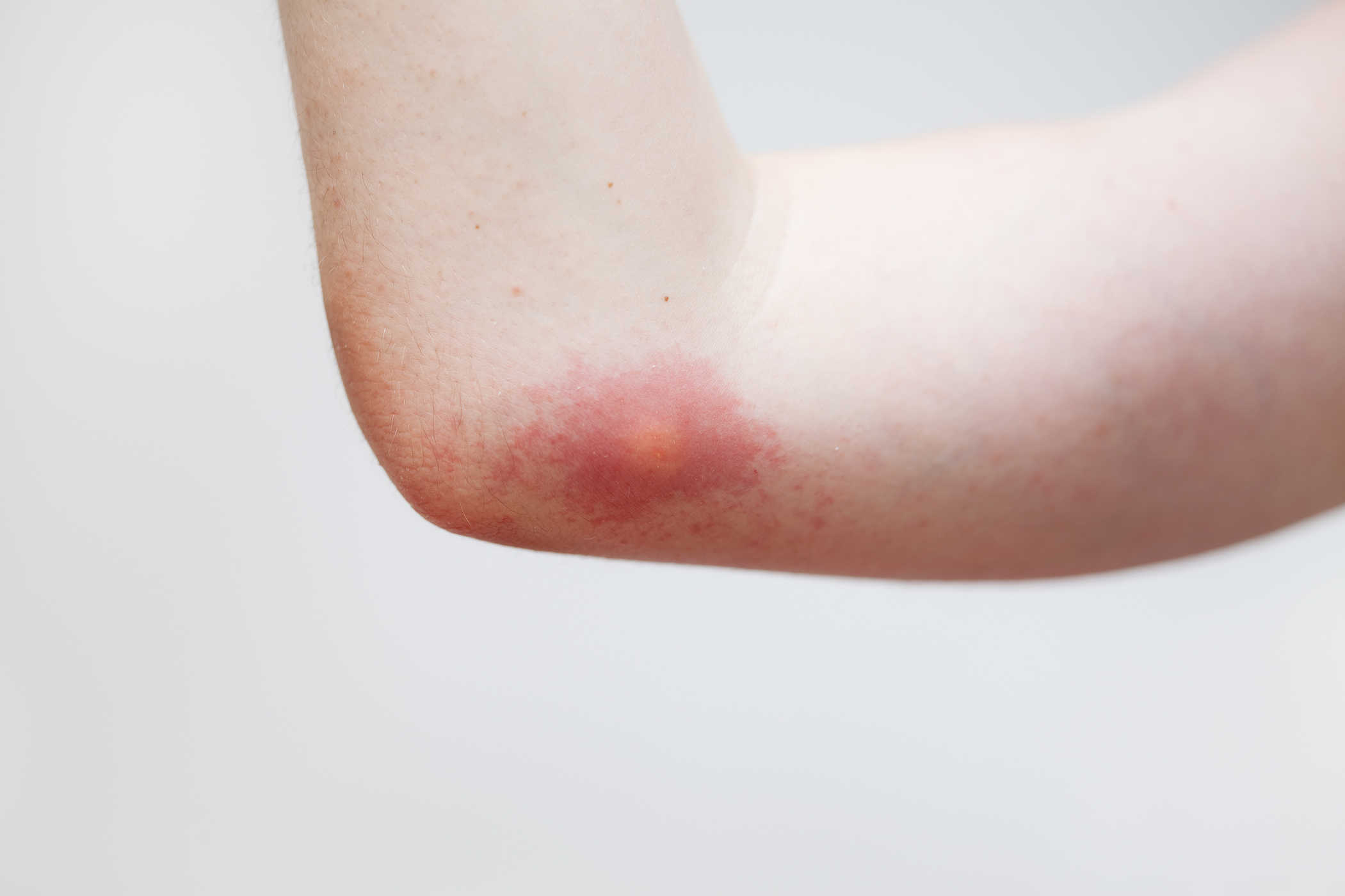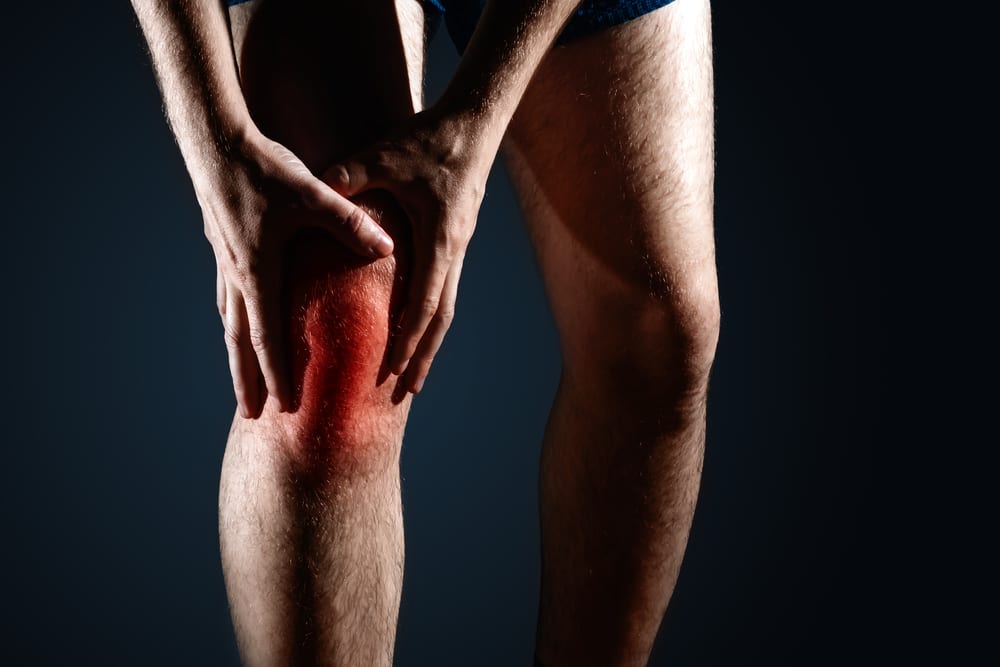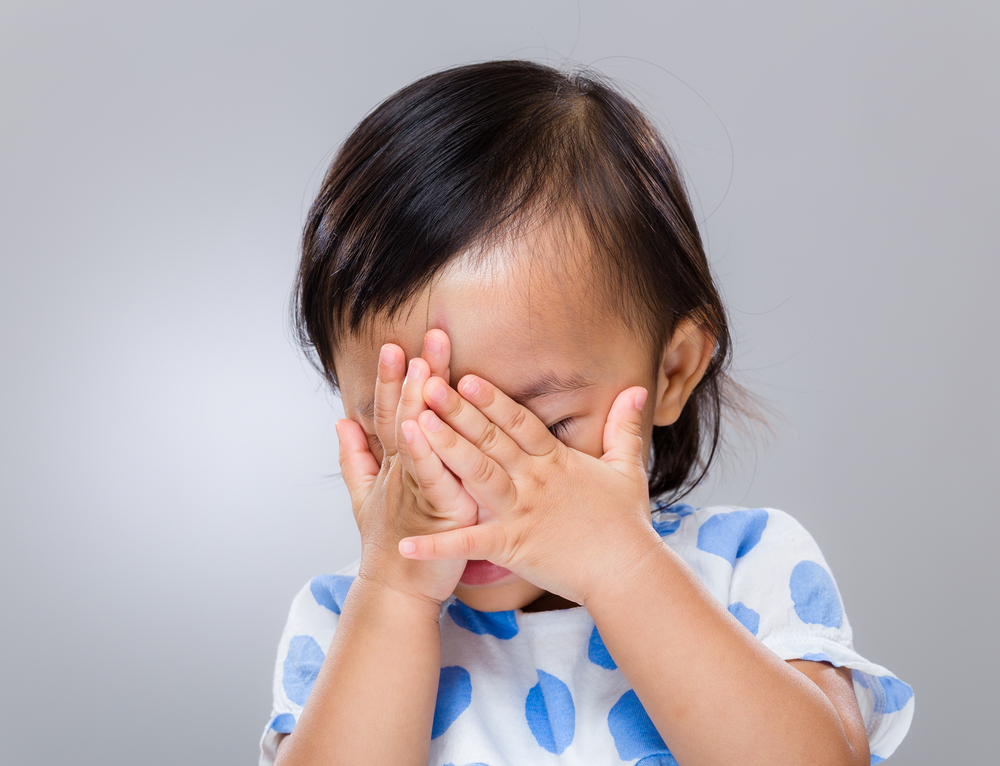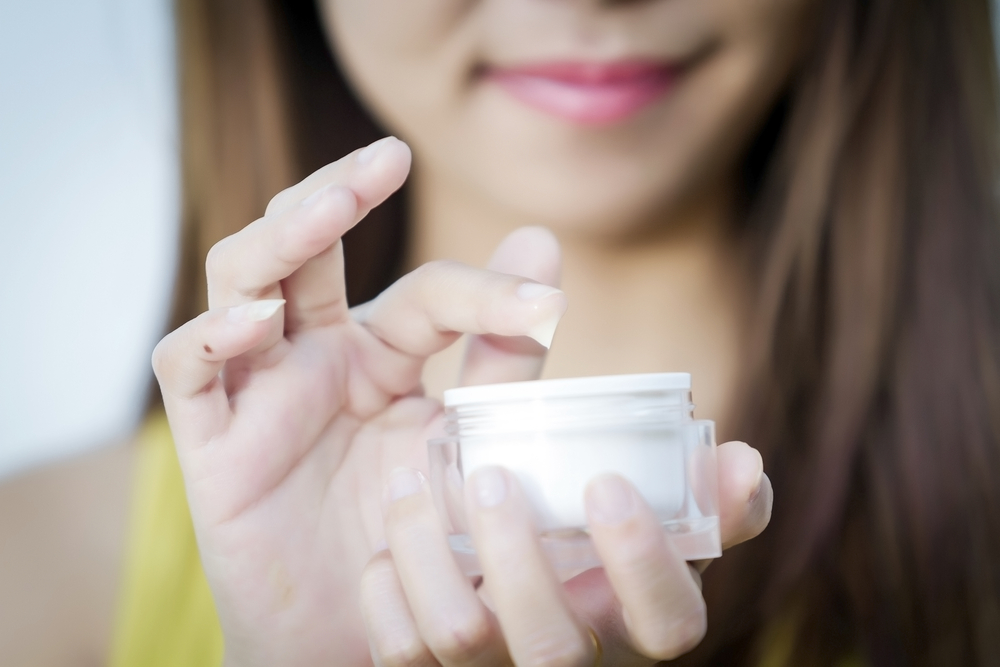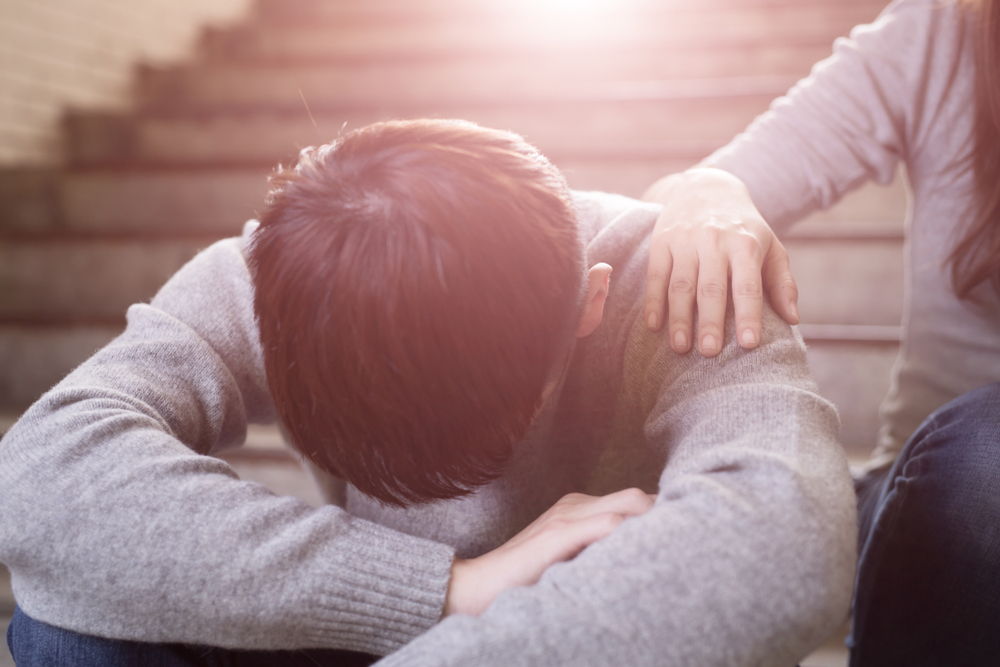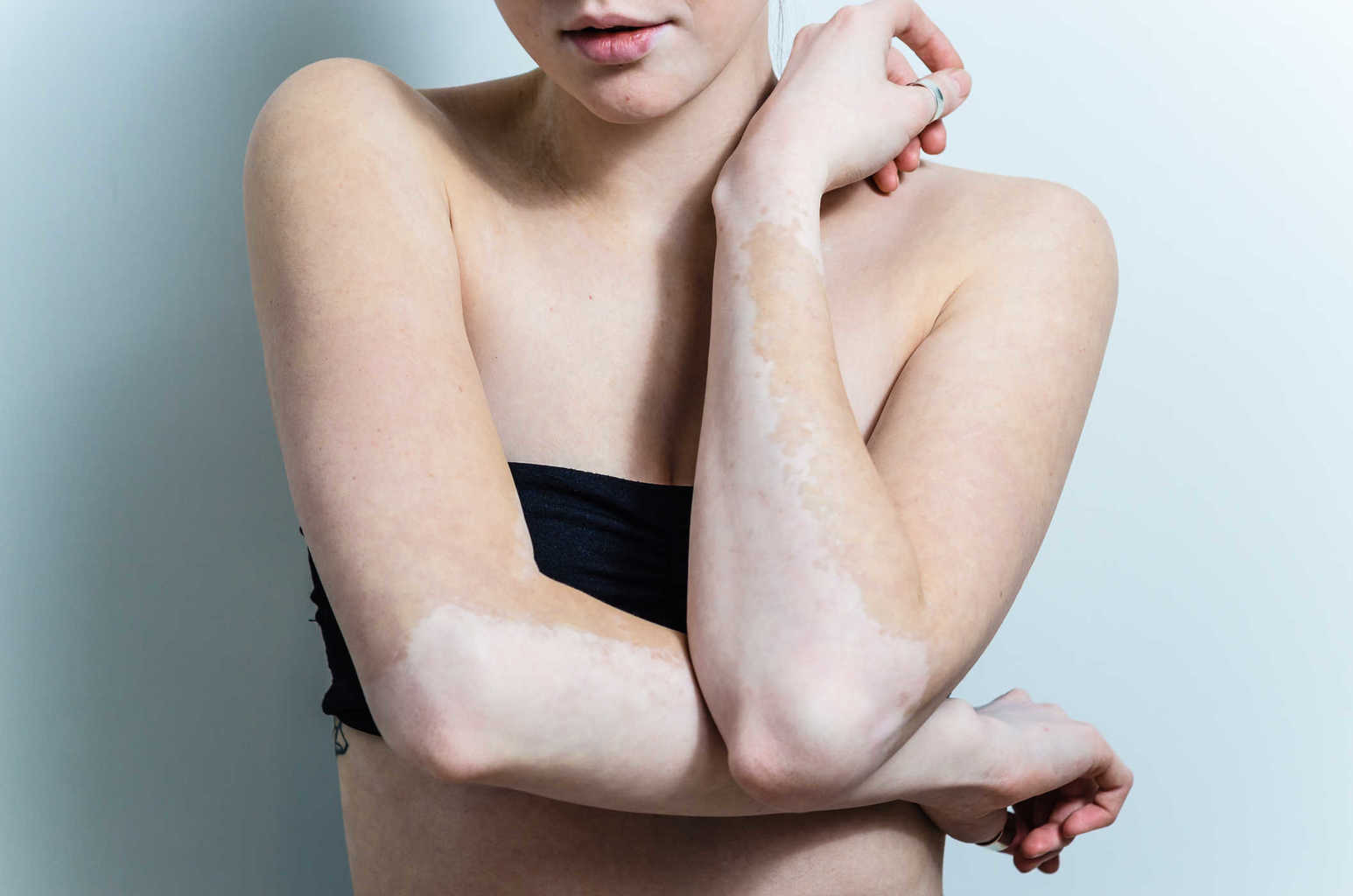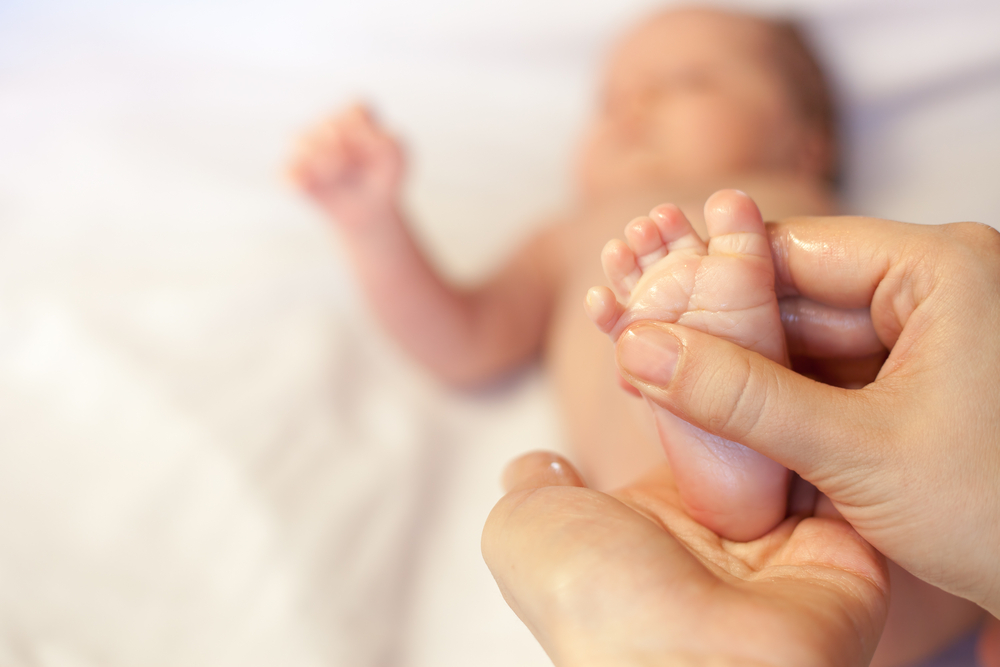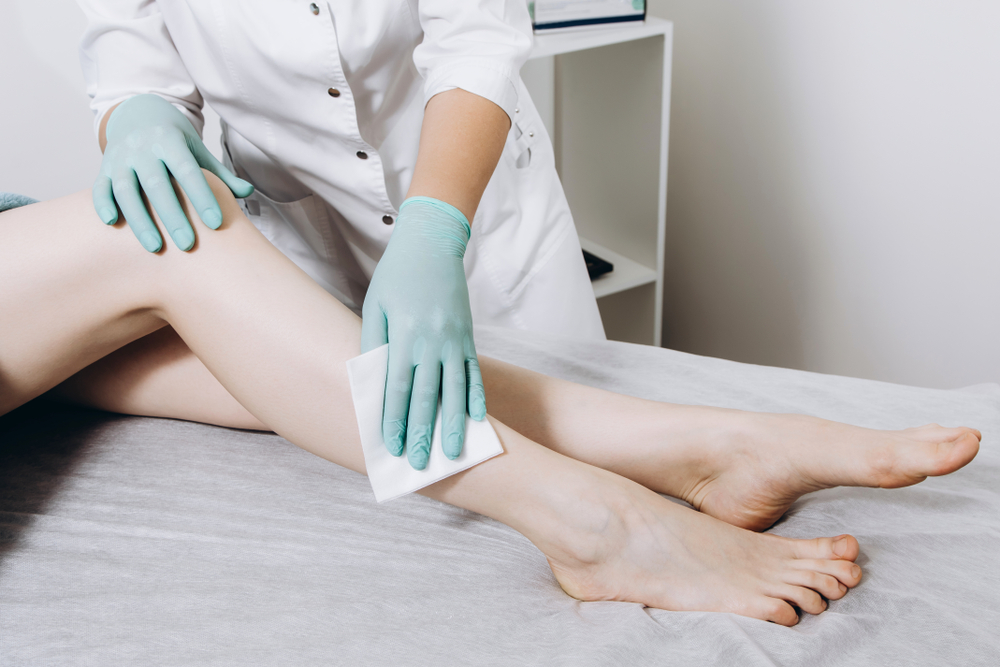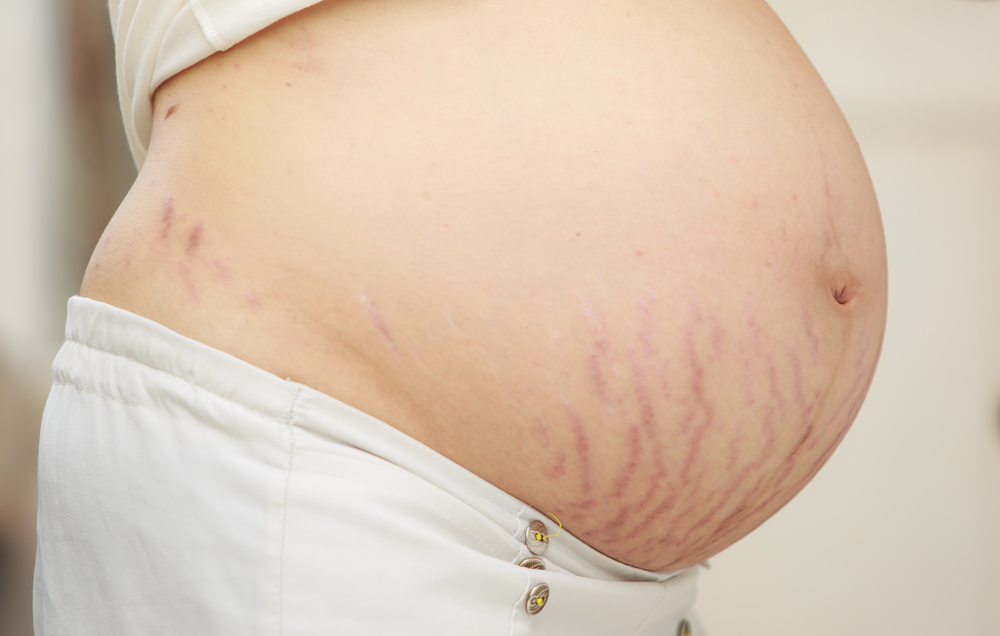Contents:
- Medical Video: First Aid for a Bee Sting
- Treat bee stings with mild symptoms
- 1. Remove the bee sting that is still pierced in the skin
- 3. Overcoming the swelling that might appear
- 3. Treating the pain
- Harmful symptoms that must be observed after being stung by a bee
Medical Video: First Aid for a Bee Sting
Bee stings can indeed be dangerous, even causing death in some cases. This is because bee stings contain toxins, resulting in skin symptoms of redness, swelling and itching. Even so, most cases of bee stings only cause mild symptoms.
But if you are accidentally stung by a bee, then here's how to treat bee stings for the first time.
Treat bee stings with mild symptoms
In general, if you only experience a mild allergic reaction due to bee sting, you can do first aid yourself without asking someone for help. Because, the symptoms that appear will not be so severe. Here's how to treat bee stings if you have mild allergies:
1. Remove the bee sting that is still pierced in the skin
You can feel the affected part of the skin, then remove the sting of the bee that is still left by hand. Do not use tweezers or push the sting too hard, because the poison that is left in the sting can get out more and make you more poisoned than before.
3. Overcoming the swelling that might appear
After being stung by bees, the skin will usually swell and redden. If this happens to you, you should immediately take an ice cube or a bottle of cold water and stick it to the part of your body that is swollen.
If the part of your hand or foot is stung, position your hands or feet higher than your body. Then, remove the jewelry or accessories that can aggravate the swelling, such as a bracelet or ring - if a sting occurs in the hand.
3. Treating the pain
You can also treat bee stings with painkillers. You can use it if you feel pain or pain in the stinged body part. Painkillers that you can use such as ibuprofen or acetaminophen.
Avoid aspirin use for anyone under the age of 19. As for treating itching, you can use an antihistamine or apply baking soda to reduce itching.
Harmful symptoms that must be observed after being stung by a bee
Bee stings can also make a person experience anaphylactic, a condition in which bee stings cause severe allergies. When someone experiences anaphylactic, some of the symptoms that may arise are:
- Hard to breathe
- Have severe swelling on the face, neck or lips.
- Feel nauseous, experience vomiting or diarrhea
- Abdominal cramps
- The heartbeat gets faster
- Dizzy
- Difficulty swallowing
If someone experiences this after being stung by a bee, he must immediately be taken to the doctor to be treated further. But before this, here is how to treat bee stings in people who experience anaphylactic:
- Call emergency number 119 or call an ambulance from the nearest hospital.
- Giving artificial breath or giving CPR (Cardiopulmonary Resuscitation) if it is difficult to breathe. And keep accompanying him until medical help arrives.

